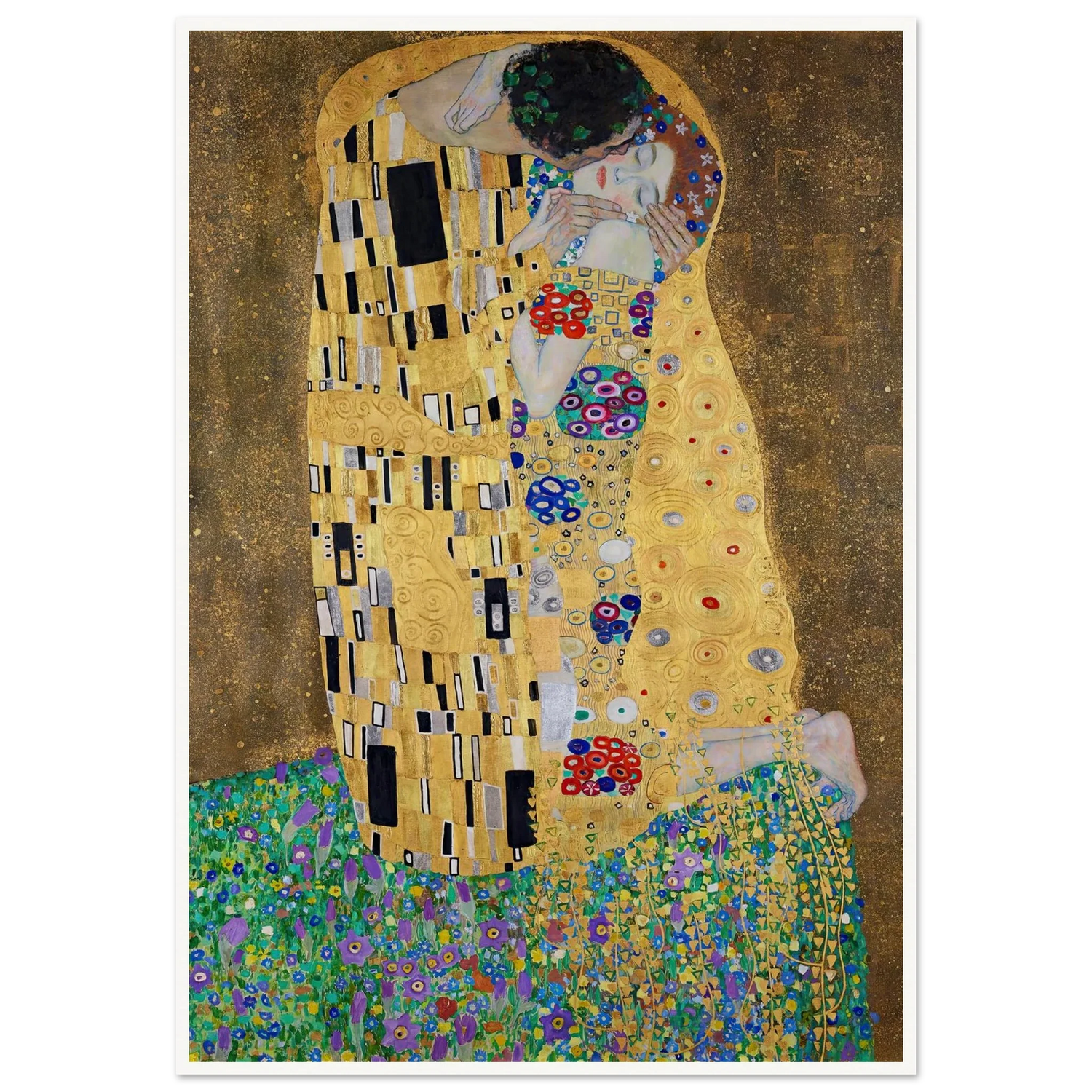Frederic Leighton’s Elijah in the Wilderness: Stillness as Revelation
Share
Frederic Leighton was not a painter of accidents. Every fold of fabric, every tilt of a figure, every shaft of light in his work arrives with intention. So when he chooses to depict a prophet — not preaching, not ascending, not calling down fire — but sleeping, nearly lifeless under a tree, it deserves attention.

“Elijah in the Wilderness,” completed between 1877 and 1878, is not a painting that raises its voice. It waits. It lingers. The composition is simple and quiet, almost hushed. In the center lies Elijah, curled into himself, draped in a heavy robe of dusty rose and brown. His back is turned. His head rests against his arm. At first glance, he might be mistaken for dead. But that ambiguity is the point.
There is no grand narrative here. No miracle in motion. The only indication of divine presence is the angel in the background, almost an afterthought, bringing sustenance — a pitcher of water, a loaf of bread. But even this act of provision is rendered with restraint. The angel barely disturbs the atmosphere. There is no drama, only care.
Leighton paints the wilderness as neither threatening nor sublime. It is barren, yes, but not punishing. The ground is dry and rocky. The color palette is sober. The light is soft but relentless. The horizon offers no promise, no escape. Time has stalled. It is not a scene of despair, but one of complete exhaustion. Elijah is not fighting anymore. He is simply resting because there is nothing else he can do.
And yet this stillness becomes sacred. In choosing not to amplify emotion, Leighton heightens it. Elijah’s collapse is not weakness. It is survival. His solitude is not a punishment. It is the condition in which divine help appears. The painting captures a spiritual truth that many depictions of miracles miss. Revelation comes not in thunder but in fatigue. Not in glory but in quiet.
There is a profound psychological dimension here. Leighton does not sentimentalize the prophet. He shows him in a state that is deeply human — depleted, withdrawn, unreachable. The angel does not touch him. God does not speak. The only gesture is nourishment. This is theology stripped to its minimum: you are exhausted, and still, you are fed.
Technically, the painting is masterful. The texture of Elijah’s robe absorbs light in deep folds. The warm tones of his garment echo faintly in the rocks around him. The angel’s pale figure hovers with just enough contrast to register but not enough to dominate. The whole painting breathes restraint. It does not shout its message. It allows the viewer to arrive at it slowly.
Leighton’s academic training is evident in every brushstroke. But there is more than classicism here. There is empathy. There is silence. There is respect for the moments when nothing happens but everything is at stake.
“Elijah in the Wilderness” is not often counted among the most famous religious paintings. It should be. It understands something most depictions miss. That faith is not always ecstasy. Sometimes it is simply being kept alive when you no longer ask to be.





